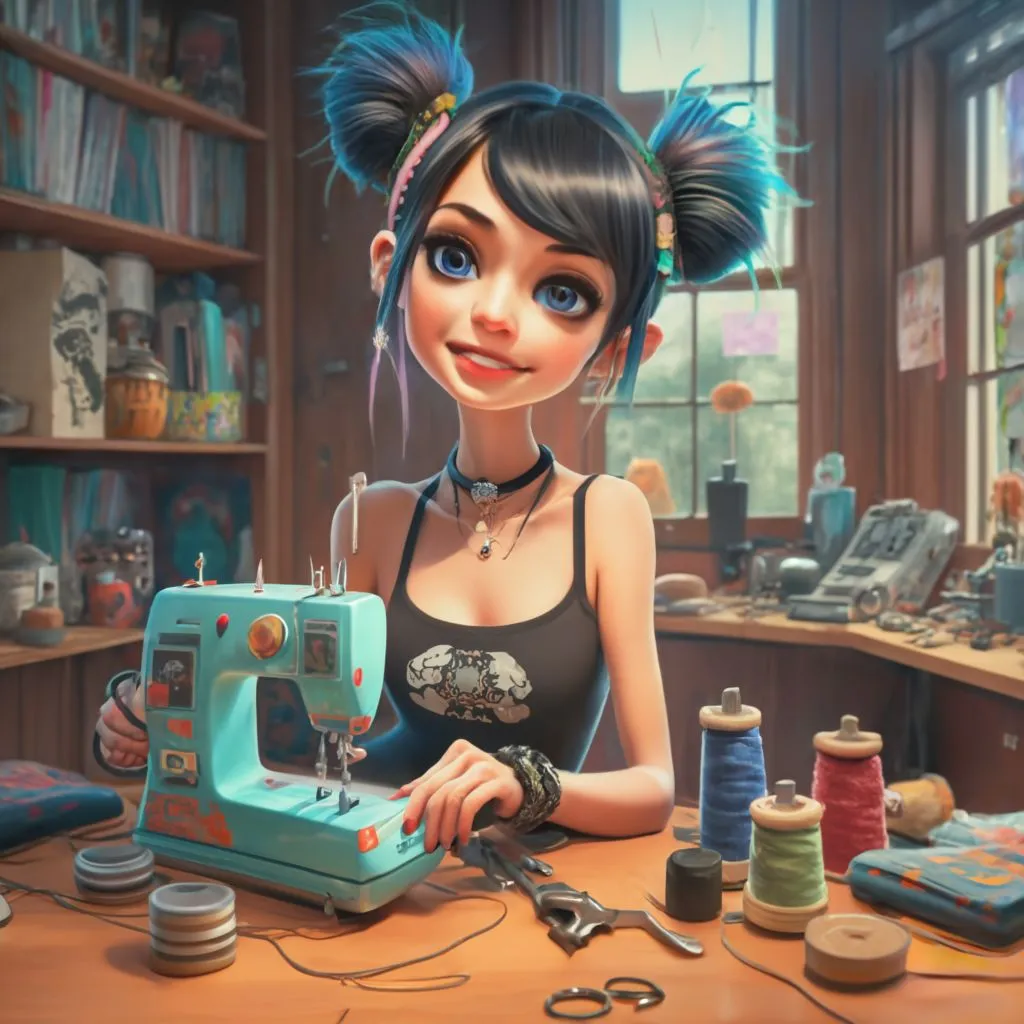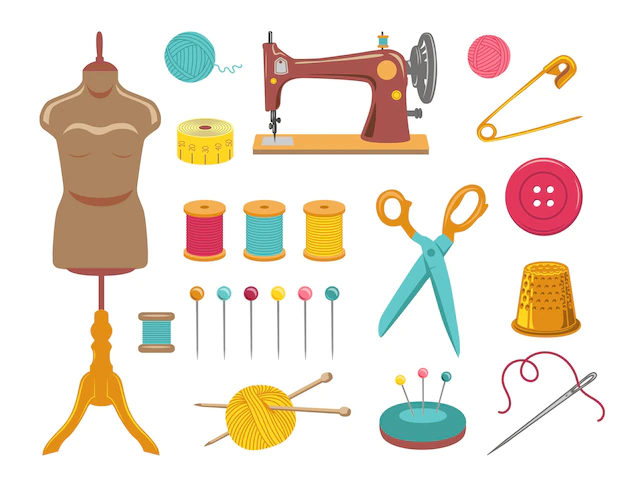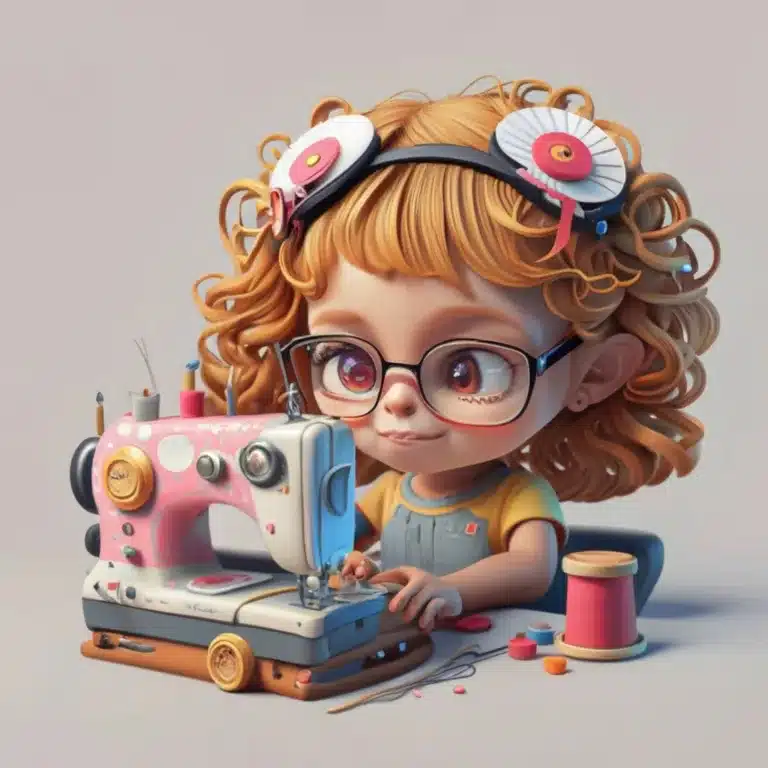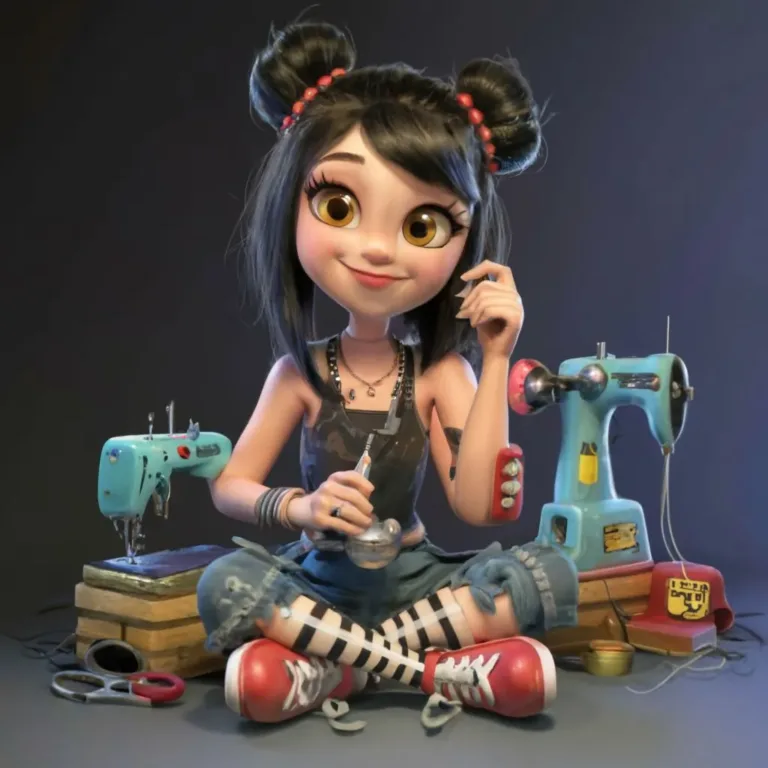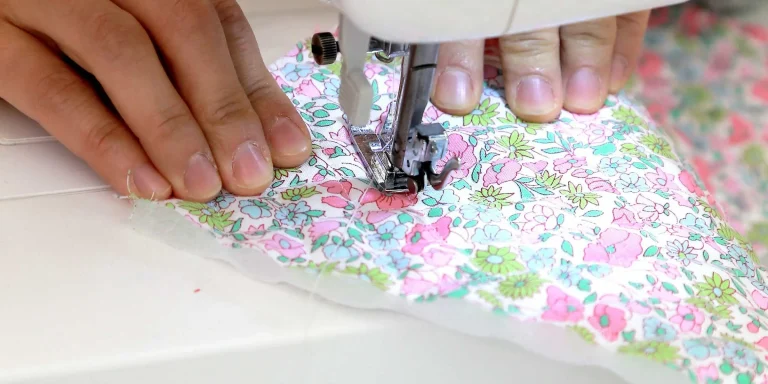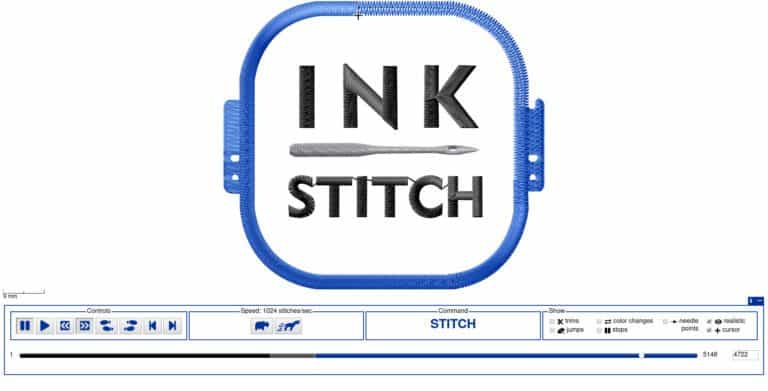Embroidery Machine Essentials: 10 Tips for Navigating the Market and Choosing the Perfect Machine
Embroidery machines have revolutionized the crafting world, allowing individuals to add intricate designs and personal touches to their creations. Whether you’re a seasoned sewist or a curious newcomer, investing in an embroidery machine can open up a world of possibilities. However, with a vast array of options available, selecting the right machine can be a daunting task. To help you navigate the market and make an informed decision, here are 10 essential tips for buying your embroidery machine:
1. Define Your Needs and Goals
Before embarking on your machine search, take a moment to reflect on your embroidery aspirations. Will you be primarily embroidering clothing, home décor items, or wearable crafts? Do you envision creating intricate designs or simple embellishments? Identifying your priorities will help narrow down your options and ensure you choose a machine that aligns with your specific needs.
2. Set a Realistic Budget
Embroidery machines range in price from affordable entry-level models to high-end professional machines. Determine how much you can comfortably spend and factor in additional costs, such as software, supplies, and maintenance. Setting a budget will prevent you from overspending and ensure you prioritize the features that matter most.
3. Consider Hoop Size and Stitch Capacity
Hoop size determines the maximum embroidery area you can create. If you plan to embroider large items like blankets or jackets, prioritize a machine with a larger hoop. Similarly, stitch capacity refers to the number of stitches the machine can execute per minute. For intricate designs, consider a machine with a higher stitch capacity to ensure smooth and efficient embroidery.
4. Evaluate Operating System and Software
Embroidery machines typically use a proprietary software platform that enables you to upload, edit, and transfer designs. Familiarize yourself with the software’s features and ease of use. Some machines offer compatible software suites for enhanced functionality, while others rely on USB connections or other methods for design transfer.
5. Assess Needle Placement and Thread Tension
The placement of needles can significantly impact the quality of your embroidery. Machines with multiple needles allow for faster stitching and more complex designs. Thread tension plays a crucial role in creating consistent and professional-looking embroidery. Check the machine’s needle arrangement and tension adjustment mechanisms to ensure they align with your desired level of craftsmanship.
6. Explore Embroidering Features and Applications
Some machines offer advanced features like automatic thread cutting, bobbin-winders, and lettering tools, while others focus on basic embroidery functions. Consider the features that are most important to you, such as automatic thread color changes, automatic thread trimming, and the ability to embroider over multiple layers of fabric.
7. Research and Read User Reviews
Once you’ve narrowed down your options, extensively research the specific models you’re considering. Read user reviews, watch online demonstrations, and consult with experienced embroidery enthusiasts to gain insights into the machines’ performance, strengths, and limitations.
8. Consider Local Service and Support
Ensure the embroidery machine you choose is backed by a reputable brand with a strong customer service network. Check for local dealers or authorized service centers in your area to ensure prompt support in case of any technical issues or warranty claims.
9. Test Drive Potential Machines
If possible, visit a local sewing or embroidery store and test drive the machines that interest you. This will provide you with hands-on experience, allowing you to gauge the machine’s ease of use, operation, and overall performance.
10. Seek Expert Advice
Don’t hesitate to seek guidance from experienced sewers, embroidery enthusiasts, or qualified professionals at sewing or craft stores. Their insights and recommendations can be invaluable in making an informed decision that aligns with your skills, goals, and budget.
Embroidery machines can be an investment, but with careful consideration and informed decisions, you can find the perfect machine to enhance your creative endeavors and bring your embroidery dreams to life. By following these essential tips, you’ll be well-equipped to navigate the market, select the right machine for your needs, and embark on a rewarding journey of personal expression and artistic exploration.
More tips
- Determine Your Needs: Before purchasing an embroidery machine, it’s important to determine what you’ll be using it for. Are you a professional embroiderer or will you be using it for personal projects? Will you be embroidering on a variety of materials or just one type? Answering these questions will help you narrow down your options and ensure that you purchase a machine that will meet your needs.
-
Research Different Brands and Models: There are many different brands and models of embroidery machines on the market. Take the time to research different options and compare features. Look for machines with a good reputation for reliability and durability.
-
Consider the Size of the Embroidery Area: The size of the embroidery area is another important factor to consider. If you plan on embroidering large projects, you’ll want to look for a machine with a larger embroidery area. On the other hand, if you’ll mostly be working on smaller projects, a smaller embroidery area may be sufficient.
-
Look for a Machine with a Large Embroidery Field: A large embroidery field will allow you to work on larger projects, and also give you more flexibility when it comes to placement of your designs. This also means that you can do larger designs, or do more than one designs at a time.
-
Check for Built-in Patterns and Designs: Many embroidery machines come with a variety of built-in patterns and designs. This can be a great feature if you’re just starting out, as it will give you a good selection of designs to work with. If you’re more experienced, you may prefer a machine that allows you to create and edit your own designs.
-
Consider the Number of Needles: The number of needles on an embroidery machine can have a big impact on the quality of your finished projects. Look for a machine with at least two needles, as this will allow you to change thread colors more easily.
-
Check for a Good Lighting System: Good lighting is essential for precision embroidery. Look for a machine with a bright, adjustable light that will illuminate your work area and make it easier to see your designs.
-
Consider the Price: Embroidery machines can be quite expensive, so it’s important to consider the price when making your decision. Look for a machine that offers the features you need at a price you can afford.
-
Look for a Good Warranty: A good warranty can provide peace of mind and protect your investment in case something goes wrong with your machine. Look for a machine with a warranty of at least one year.
-
Consider the Brand Reputation: Research the brand reputation of the machine you are buying. This will give you an idea of the customer support you can expect, as well as the quality of the machine you are buying.
In conclusion, when it comes to buying an embroidery machine, it’s important to consider your needs, research different brands and models, and look for a machine with a large embroidery area, built-in patterns and designs, a good number of needles, a good lighting system, a good warranty, and a good brand reputation. By following these tips, you’ll be well on your way to finding the perfect embroidery machine for your needs.
Related Posts
Discover relevant articles, tutorials, and tips to improve your skills and explore new techniques.
Stay inspired and connected to our embroidery community.
